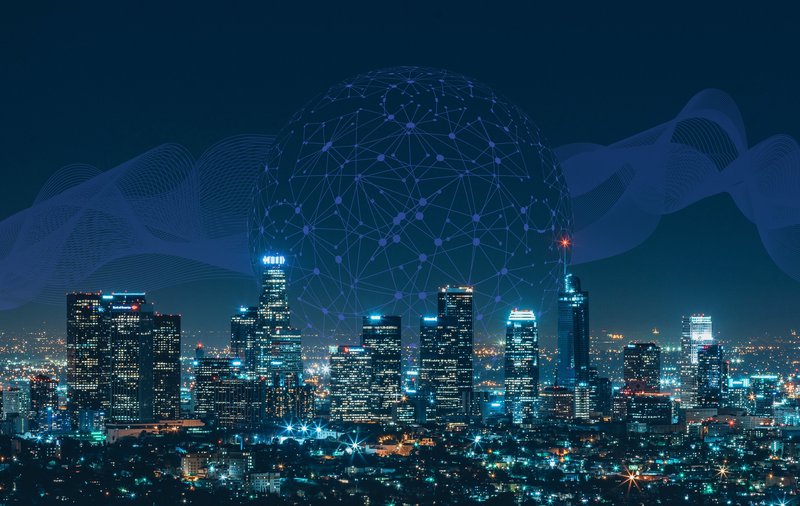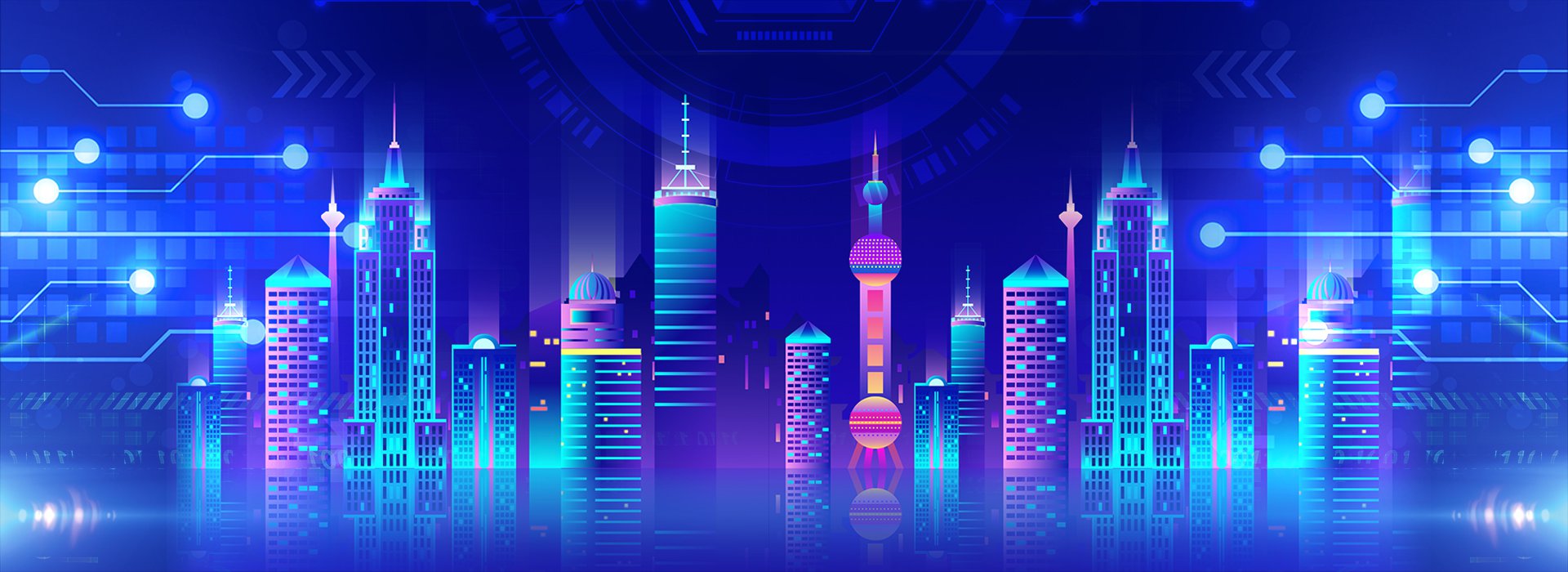Smart Sustainable Cities: Which Legal & Regulatory Framework?
Smart Sustainable Cities: Which Legal & Regulatory Framework?
[ above banner: free background downloaded from pngtree.com ]
Miami - March 7, 2021
“A smart sustainable city is an innovative city that uses information and communication technologies (ICTs) and other means to improve quality of life, efficiency of urban operation and services, and competitiveness, while ensuring that it meets the needs of present and future generations with respect to economic, social and environmental aspects" ITU-T Focus Group, 2014.
"The development and deployment of Smart City IoT Services can incur significant costs to cities, service providers and sensor manufacturers, and thus it is vital to adjust national legislation to ensure legal certainty to all stakeholders, and at the same time to protect interests of the citizens and the State. Due to a vast number of heterogeneous devices and Smart City IoT services, both existing and future, their interoperability becomes vital for service replicability and massive deployment leading to digital transformation of future cities.” – Mario Weber, 2019.

Thus, at least nine (9) critical items must be covered by future national/local legal & regulatory frameworks to safely enable massive deployment of Smart Sustainable City IoT Services namely:
1) enabling lawful but democratically-controlled IoT traffic interception and collection by State/Governmental or City Authorities for monitoring purposes (politically sensitive due to high risks of abuse on the part of government bodies);
2) IoT Service dependability: service failures should not be more frequent and severe than acceptable;
3) Citizens’ personal data protection;
4) Cyber Security: ensuring that no cyber-attacks occur against connected devices or more broadly in a manner which affects IoT service level and/or the integrity of the IoT infrastructure and all its underlying inter-connected technologies;
5) Operator Switchability: ability for the City to change IoT operators i.e. any stakeholder in IoT value chain;
6) Interoperability: ability of equipment from different manufacturers (or different systems) to be at all times fully compatible in order to communicate with each other within the same infrastructure (same system);
7) Roaming: ability of foreign numbers used outside their domestic network i.e. IoT devices registered in one network to be used in visited networks;
8) Defining and establishing legally (not only contractually i.e. also via national or local laws and regulations) guaranteed and enforceable Rights and Obligations of All Stakeholders [i.e. Users (citizens, tourists, NGOs and public interest groups, etc.), Drivers (e.g. private tech manufacturing and utility supplying companies, etc.), Resource Providers (e.g. Universities, Urban Planners), and Framework Enablers (city councils, elected officials, policy and political decision makers and banks, etc.)] involved in Smart City Ecosystems;
9) Sustainability: Ensuring that laws and regulations expressly and operatively provide for the Smart City IoT infrastructure solution to be sustainable development-focused (i.e. aimed at meeting the needs of present and future generations with respect to economic, socio-cultural and environmental aspects).
Dr. Ariel Humphrey
